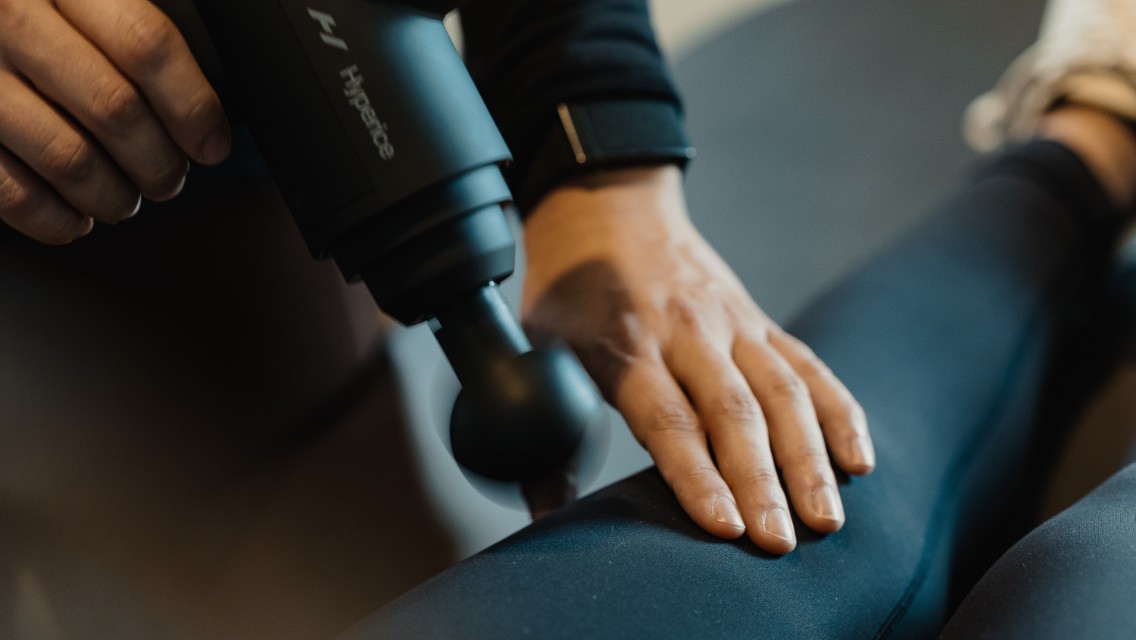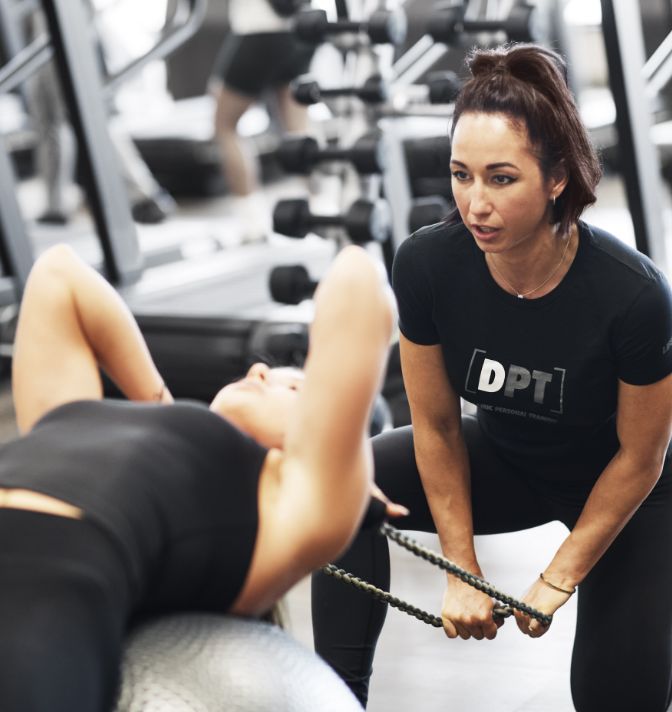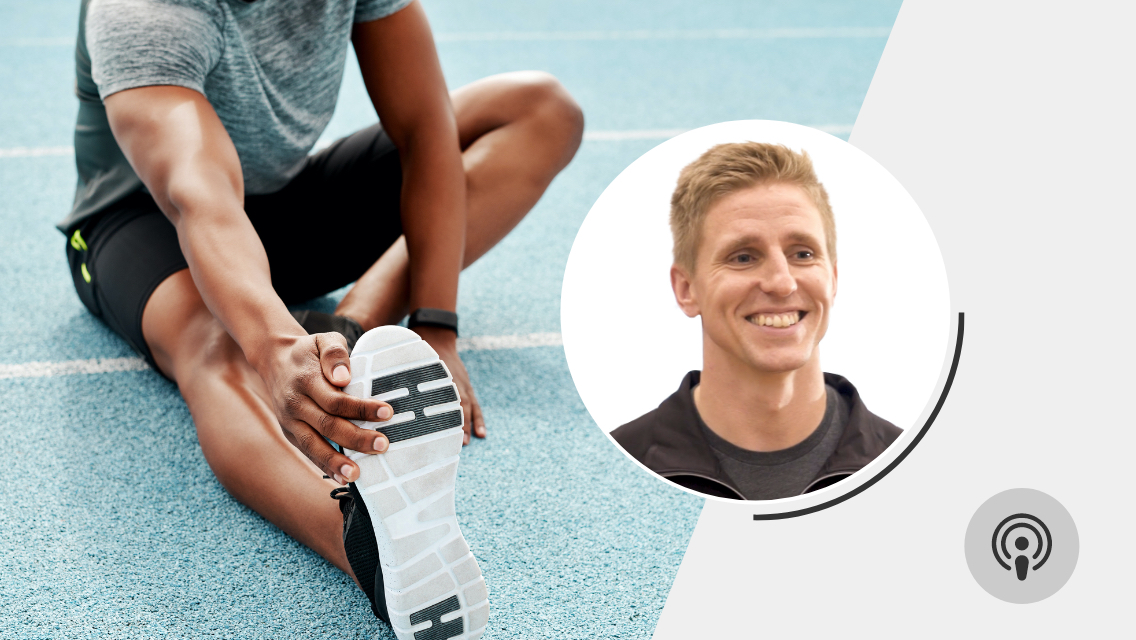Many people believe that the harder and more frequently they exercise, the better results they’ll get. But when it comes to an ideal fitness routine, rest and recovery are just as important as your exertion days.
“When I discuss ‘recovery’ with my clients, it’s about doing what’s going to help them achieve optimal results and keep them safe,” says Hannah Ewert, Dynamic Personal Trainer at Life Time in Berkely Heights, N.J. “We need recovery days on a cellular level: Exercise stresses our bodies and they need rest to repair and rebuild between workouts, otherwise we can see a significant decline in performance and our muscles won’t be able to grow.”
In terms of fitness, there are two main types of recovery: active and passive. We asked Ewert to tell us more about each of them and how working them into your routine can help optimize your results.
What Is Active Recovery?
Active recovery involves low-intensity activities or exercise such as walking, swimming, yoga, or cycling at a slower pace. It keeps you moving without adding additional stress to the system. “If you partake in regular physical activity or strenuous exercise, active rest days can greatly help your recovery process as well as help prevent injury,” says Ewert.
“They’re vital for keeping your muscle tissue, joints, and ligaments healthy,” she adds. “Studies show that active recovery can also contribute to reducing the mental and physical stress that can accumulate over time when you have a heavy training load.”
An active recovery session is most effective after a more intense workout. For example, if you lifted heavy weights one day, you might take a walk or do a yoga class for your workout the following day or up to 48 hours after. You could also consider an assisted-stretch session with a Dynamic Stretch specialist. Ewert recommends keeping your heart rate between 60 to 75 percent of what it would be during a more strenuous workout.
Based on your training volume, you may include one to three active recovery days per week into your plan. “If you do high-volume or heavy-load strength training, active recovery may involve decreasing your weight load or workout time,” Ewert advises. “For endurance athletes like runners or cyclists, active recovery may involve resistance band or mobility work, or a shorter, less-strenuous run.
“If you’re somewhere in the middle or enjoy studio classes regularly, try a slow-paced yoga class to promote blood flow, foam rolling, or sign up for a low-intensity Pilates class.”
(To see an example of how to work active recovery days into your weekly routine, try: “Your First Week of Workouts at Life Time.”)
What Is Passive Recovery?
Passive recovery is the act of simply resting for recovery. It involves little to no movement, but ideally some practice that enhances circulation, which supports muscle healing. Options include sleep, a warm or cold bath, wearing compression garments, massage, or using the steam room, sauna, or percussive therapy devices. Importantly, it is not physically exerting effort.
“The easiest way to think about passive recovery is in terms of sleep,” says Ewert. “Your body cannot physically repair itself or complete daily tasks without sleep, so it should be a top priority, especially if your stress levels are high both mentally and physically.”
Depending on your routine, some form of passive recovery is typically recommended one to two times a week, and like active recovery, tends to fit in best immediately or soon after a particularly challenging workout.
Ewert stresses the importance of both active and passive recovery. “I suggest working with a certified trainer or coach to decide your best course of action when it comes to recovery,” she says. “You’ll feel the difference.”





